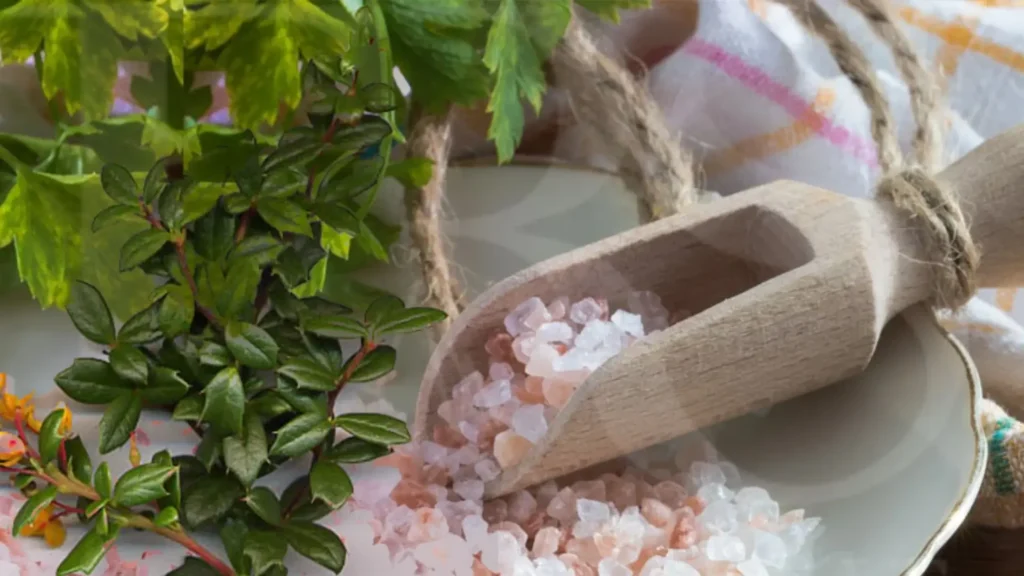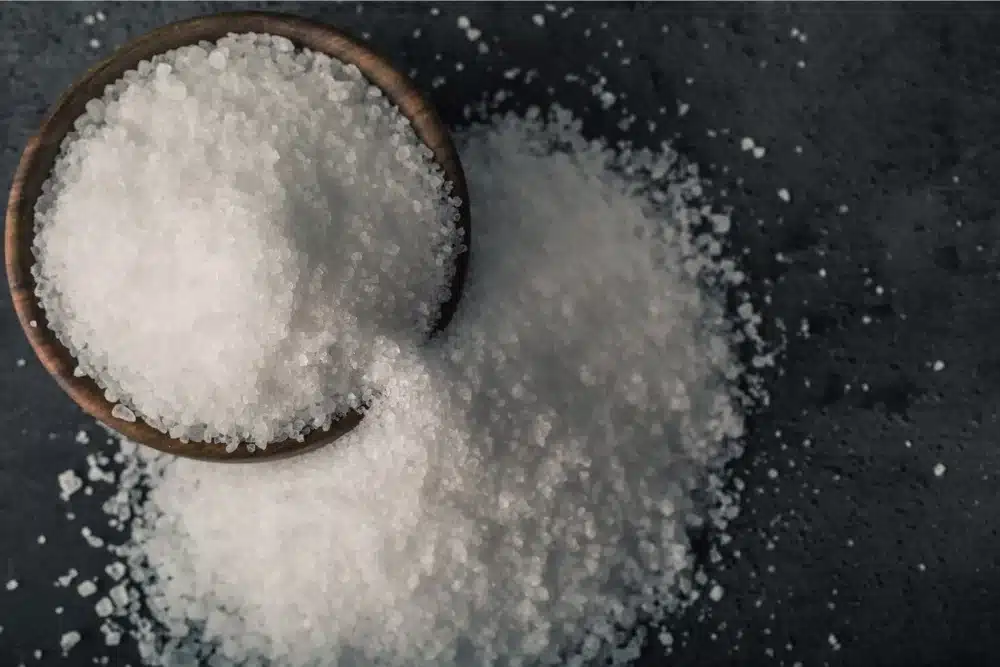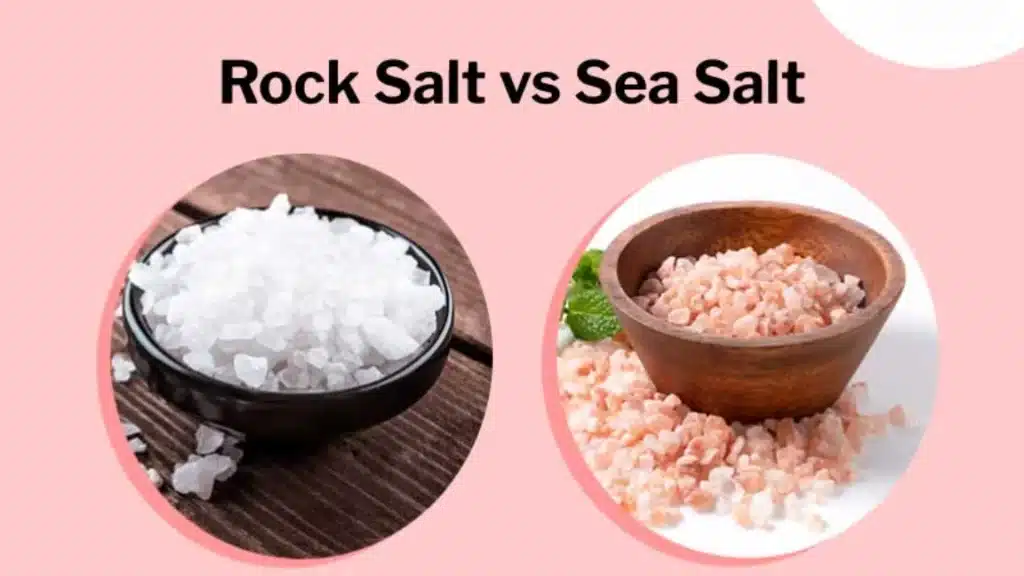
What Is Chinen Salt
What Is Chinen Salt? A Complete Guide to Benefits, Uses & Myths Have you ever heard of Chinen salt and have ever asked yourself why
Rock salt, scientifically known as halite, is a naturally occurring mineral form of sodium chloride (NaCl). It is often found in large deposits and is harvested for various uses, from culinary applications to industrial purposes. But what exactly makes rock salt unique, and how does it differ from other types of salt?Let’s delve deeper into this intriguing mineral, exploring its origins, varieties, and the many ways it can enhance our lives.

Rock salt is primarily mined from underground salt deposits formed by the evaporation of ancient bodies of water. Over millions of years, these deposits have been buried under layers of sediment, resulting in the formation of large salt beds.
The most significant rock salt deposits are found in:
These deposits are often extracted through mining operations, which can be either traditional shaft mining or solution mining, where water is injected into the salt deposit to dissolve it, and the resulting brine is then evaporated to extract the salt.
The history of rock salt is as rich as its mineral content. Historically, salt has been a valuable commodity, often referred to as “white gold.” Its uses date back to ancient civilizations, where it was essential for food preservation and flavoring.
In many cultures, salt was so valuable that it was used as currency. The word “salary” even derives from the Latin word “salarium,” which refers to the payments made to Roman soldiers for the purchase of salt.
Today, rock salt continues to be harvested and used worldwide, with modern mining techniques ensuring a steady supply for both culinary and industrial applications.
Mining rock salt can be done through several methods, primarily:
Both methods are efficient, but solution mining is often preferred for its ability to access deeper deposits without the need for extensive excavation.

White salt, commonly known as table salt, is often confused with rock salt. While both are primarily composed of sodium chloride, their processing and uses differ significantly.
Rock salt comes in several varieties, each with its unique characteristics and uses:

When comparing rock salt and sea salt, several factors come into play:
Feature | Rock Salt | Sea Salt |
Source | Mined from underground deposits | Evaporated from seawater |
Texture | Coarser, larger crystals | Finer, more varied textures |
Mineral Content | Contains more minerals | Varies based on water source |
Flavor | Stronger, more robust flavor | Milder, brinier taste |
The taste of rock salt can vary depending on its mineral content. Generally, it has a more robust and complex flavor compared to regular table salt. The presence of trace minerals can impart subtle flavors that enhance the overall taste of dishes.
Rock salt is versatile in the kitchen. Here are some ways to incorporate it into your cooking:
If you find yourself without rock salt, there are several substitutes you can use:
Rock salt has a myriad of uses beyond the kitchen:
Rock salt is more than just a seasoning; it is a mineral steeped in history, rich in flavor, and versatile in application. Whether you’re cooking, preserving food, or using it for therapeutic purposes, understanding rock salt can enhance your culinary experiences and daily life.
Yes, rock salt is safe to consume in moderation, just like other types of salt.
Yes, rock salt can be used in pickling and canning processes, but ensure it is food-grade.
Store rock salt in a cool, dry place in an airtight container to prevent moisture absorption.
Rock salt contains trace minerals that may offer health benefits, but it should be consumed in moderation.

What Is Chinen Salt? A Complete Guide to Benefits, Uses & Myths Have you ever heard of Chinen salt and have ever asked yourself why

How To Use Salt For Food Preservation: Best Methods, Science, and Benefits Table of Contents Salt is one of the oldest and most reliable methods
WhatsApp us